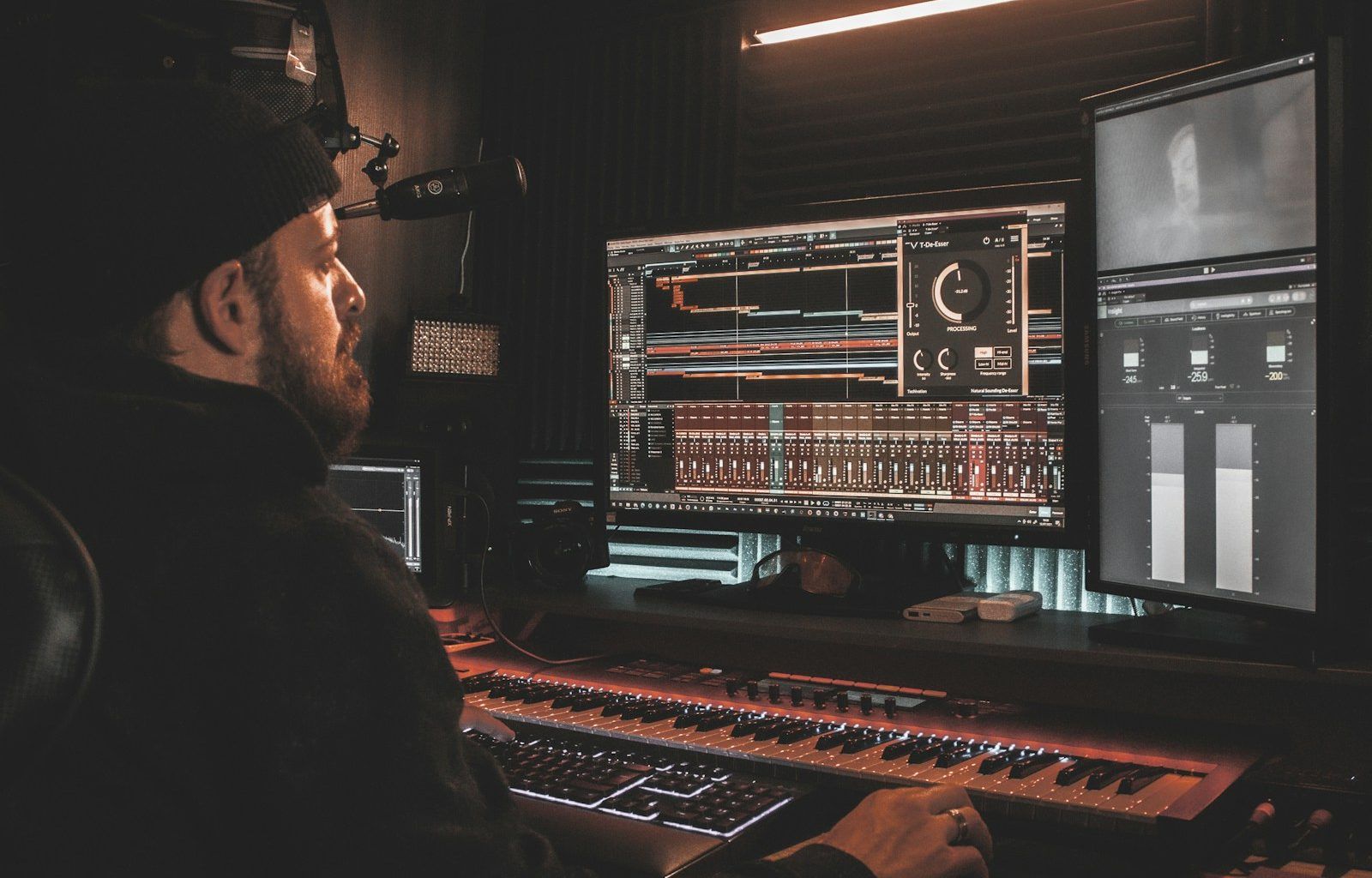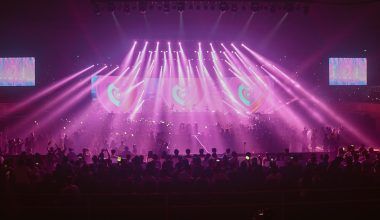Welcome to the world of music studio terminology! If you’ve ever walked into a music studio and felt overwhelmed by the jargon flying around, don’t worry. You’re not alone. Studios can feel like a different planet, with their own language and culture. Whether you’re an aspiring musician, a budding producer, or just someone curious about music studio terminology, understanding the basic terms used in a studio is a must. Let’s dive in and unravel the mystery behind these terms, step by step.
What Is a DAW?
A Digital Audio Workstation, or DAW, is the software heart of any music studio terminology. Think of it as the canvas where all the magic happens. With a DAW, you can record, edit, mix, and produce music. Popular DAWs include Ableton Live, Logic Pro, and Pro Tools. Each has its strengths, but all are designed to give you the tools needed to bring your musical ideas to life.
For example, if you’ve ever wanted to combine a guitar riff with some electronic beats, your DAW is the place to do it. It’s like a digital playground for sound. Once you’ve mastered the basics of your DAW, the possibilities become endless.
Tracks and Channels
In a music studio, tracks and channels are terms you’ll hear all the time. But what do they mean? A track is essentially a single line of sound. For instance, if you’re recording a song with vocals, guitar, and drums, each of these would have its own track in your DAW. Tracks make it easier to organize and work on individual elements of your music.
Channels, on the other hand, refer to pathways through which sound travels. They’re like the roads that your tracks take to reach your speakers. Knowing how to manage tracks and channels is a foundational skill for any producer.
The Role of the Mixer
The mixer is both a physical and digital tool in a music studio. Its main job is to balance and blend all the individual tracks in your project. Picture a chef in a kitchen combining spices to make a perfect dish. That’s what the mixer does for sound. It ensures that the bass isn’t overpowering the vocals or that the drums don’t drown out the guitar.
Mixers also allow for effects to be added, such as reverb, delay, or EQ adjustments. Understanding how to use a mixer effectively can take your music from amateur to professional-sounding.
Microphones and Their Types
Microphones, or mics, are essential for capturing sound in a studio. Not all mics are created equal, though. Here are a few common types you’ll encounter:
- Dynamic Microphones: Great for live performances and loud instruments like drums.
- Condenser Microphones: Ideal for studio recordings, especially vocals and acoustic instruments.
- Ribbon Microphones: Known for their warm, vintage sound.
Each mic has its strengths, and choosing the right one depends on what you’re recording.
Understanding Signal Flow
Signal flow is one of those terms that might sound complicated, but it’s simply the path that sound takes from the source to your speakers. Let’s break it down:
- The sound starts at the source, like a guitar or vocal.
- It moves through a microphone or instrument cable.
- The signal is then processed by preamps, mixers, and effects.
- Finally, it’s sent to the speakers or headphones for you to hear.
When you understand signal flow, troubleshooting issues in the studio becomes much easier.
What Are Plugins?
Plugins are like apps for your DAW. They add extra functionality, such as virtual instruments or effects. For instance, if you want to create a lush string section but don’t have an orchestra handy, a string plugin can do the job. Some popular plugins include Serum for synthesizers and Waves for mixing effects.
Using plugins effectively can elevate your music and open up new creative possibilities.
The Importance of Monitors
Monitors in a studio refer to specialized speakers designed for accurate sound reproduction. Unlike regular speakers, studio monitors don’t enhance the bass or treble. Instead, they provide a flat frequency response, which is crucial for making balanced mixes.
When choosing studio monitors, consider the size of your room and your budget. Good monitors can make a world of difference in how your music sounds to others.
EQ and Its Role
EQ, or equalization, is a tool used to adjust the balance of different frequencies in your track. Think of it as sculpting sound. For example, if your vocal track sounds too harsh, you can use EQ to reduce the high frequencies. Conversely, if the bass guitar feels too soft, you can boost the lower frequencies.
Learning to use EQ effectively can help your tracks sound clear and professional.
Compression Made Simple
Compression is another term you’ll hear a lot in studios. It’s used to control the dynamic range of a sound. In simpler terms, it makes the loud parts quieter and the quiet parts louder. This helps create a more balanced and polished sound.
For instance, if a vocal track has parts where the singer’s voice suddenly gets too loud, compression can smooth it out. It’s a subtle but powerful tool in any producer’s arsenal.
What Are MIDI and Controllers?
MIDI stands for Musical Instrument Digital Interface. It’s a way for instruments and computers to communicate. With MIDI, you can play a keyboard and have it control virtual instruments in your DAW. MIDI controllers come in various forms, such as keyboards, drum pads, and even guitars.
Using MIDI can speed up your workflow and add versatility to your productions.
Reverb and Delay
Reverb and delay are effects used to add depth and space to your tracks. Reverb mimics the sound of a room, making it feel like your music is being played in a concert hall or a small club. Delay, on the other hand, repeats a sound, creating an echo-like effect.
Both effects can bring your tracks to life when used tastefully.
The Magic of Automation
Automation is the process of programming changes in your track over time. For instance, you can automate the volume of a track to gradually increase during a song’s buildup. This adds movement and interest to your music.
Mastering automation is a game-changer for creating dynamic and engaging tracks.
Wrapping It All Up
music studio terminology might seem daunting at first, but it becomes second nature with practice. By understanding the basic terms like DAW, mixer, EQ, and reverb, you’ll feel more confident in the studio. Remember, every pro was once a beginner. With patience and persistence, you’ll soon be fluent in the language of music production.
Keep experimenting, stay curious, and most importantly, have fun creating music!
For further reading, explore these related articles:
- The Story of Kesha: A Journey of Music, Strength, and Inspiration
- Exploring the World’s Smallest Speaker: Tiny but Powerful!
For additional resources on music marketing and distribution, visit Deliver My Tune.






